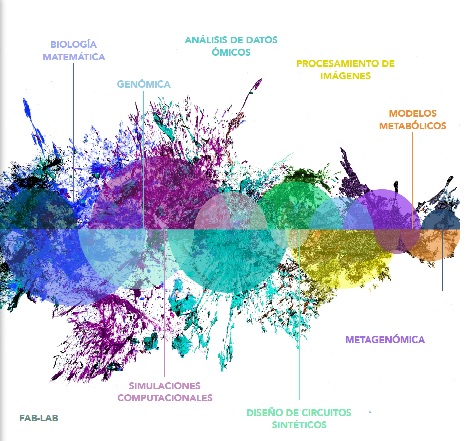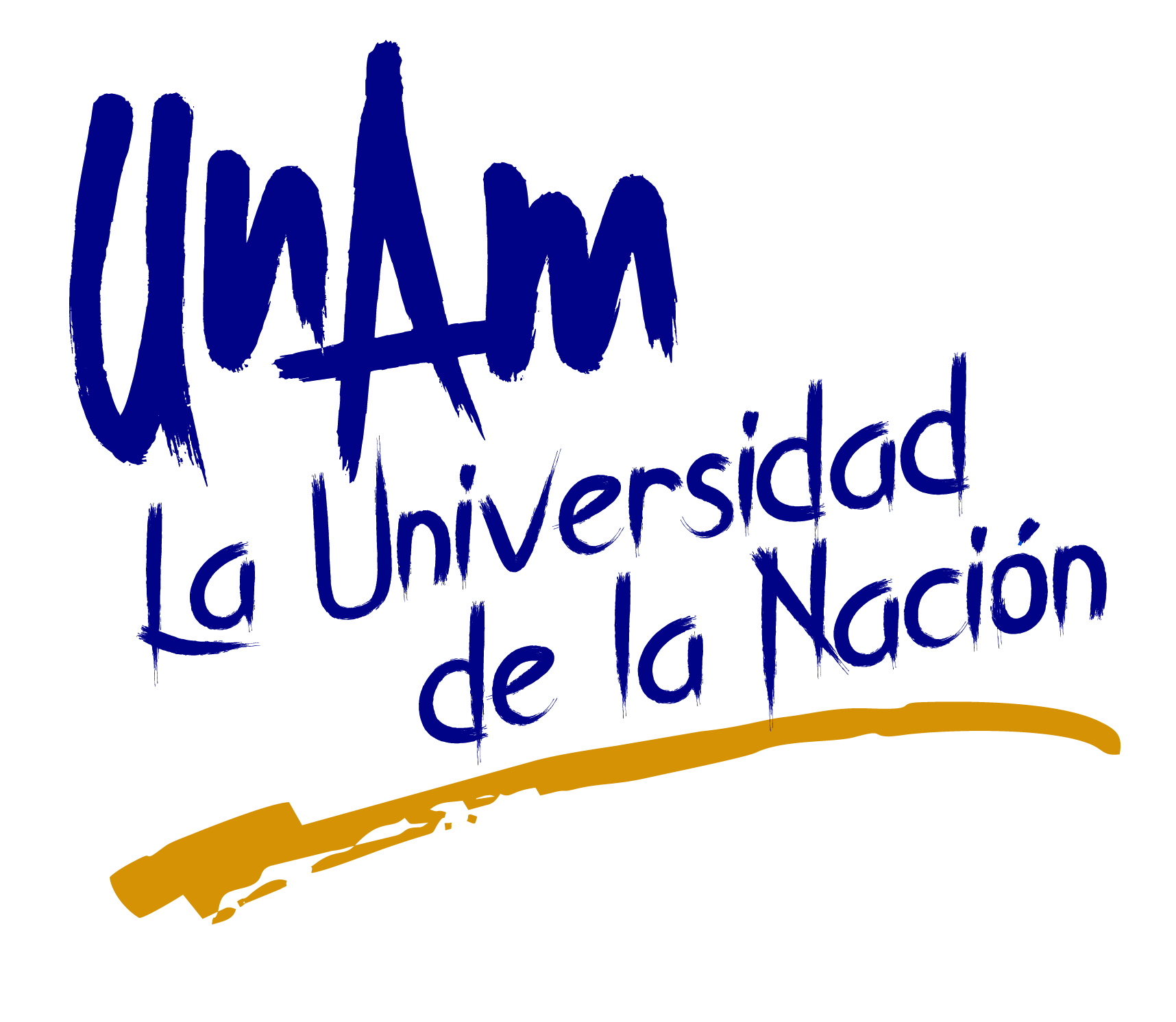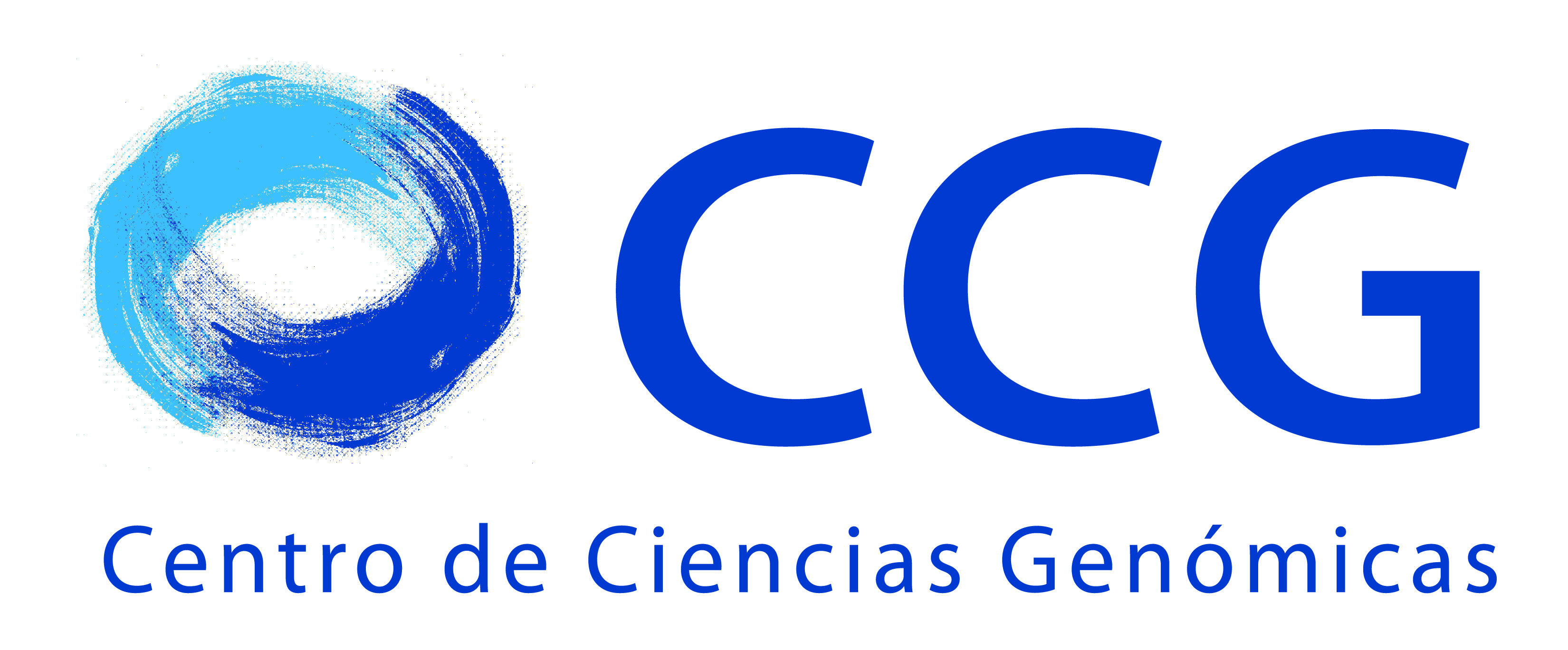Research Projects
- Formation, function, and replacement of membrane lipids in rhizobia
Principal investigator: Otto Geiger.
Participants: Isabel María López-Lara, Christian Sohlenkamp, Maritza Zavaleta-Pastor, Miguel Angel Vences-Guzmán - Biosynthesis of choline-derived bacterial cell surface components: an essential requirement for the success of many pathogenic bacteria
Principal investigator: Otto Geiger
Participants: Isabel María López-Lara, Christian Sohlenkamp - Biosynthesis of ornithine-containing lipids, a widespread class of bioactive lipids in eubacterial membranes
Principal investigator: Otto Geiger
Participants: Isabel María López-Lara, Christian Sohlenkamp, Napoleon González-Silva - Post-genomic studies in Sinorhizobium meliloti directed to discover new biosynthesis pathways related to beta-ketide formation
Principal investigator: Isabel M. López-Lara
Participants: Otto Geiger, Christian Sohlenkamp, Ana Laura Ramos-Vega, Yadira Dávila-Martínez, Sandra Leticia Beltrán-Escobar - Formation of new membrane lipids in rhizobia under stress conditions
Principal investigator: Christian Sohlenkamp
Participants: Otto Geiger, Isabel María López-Lara, Miguel Angel Vences-Guzmán
 Formation, function, and replacement of membrane lipids in rhizobia
Formation, function, and replacement of membrane lipids in rhizobia
Principal investigator: Otto Geiger
Most bacteria possess phosphatidylglycerol (PG), cardiolipin (CL), phosphatidylethanolamine (PE) as major membrane lipids. However, some bacteria can also form the methylated derivatives of PE, monomethyl-PE (MMPE), dimethyl-PE (DMPE), and phosphatidylcholine (PC). In the bacterium Sinorhizobium meliloti , which can form nitrogen-fixing root nodules in symbiosis with the leguminous plant Medicago , PC can be formed by two distinct pathways. In the methylation pathway, PC is formed by three successive methylations of PE via the intermediates MMPE and DMPE using the methyl donor S -adenosyl-L-methionine, reactions catalyzed by one or several phospholipid N -methyltransferase(s) (Pmt). In the phosphatidylcholine synthase (Pcs) pathway, Pcs catalyzes the condensation of choline with CDP-diacylglycerol yielding PC and CMP as the products of this reaction ( Fig. 1 ). A mutagenic analysis of the pcs gene has allowed us to define which amino acid residues are essential for the function of this enzyme. Also, we have purified Pcs to near homogeneity and after crystallization of the enzyme we hope to obtain detailed structural information of this protein. This knowledge should permit us to define the active site of Pcs and to develop structure-based inhibitors for Pcs, which in cases where this enzyme is essential for the survival or pathogenesis of a bacterium ( Borrelia burgdorferi or Legionella pneumophila ) might function as antibiotics.
Mutants of S. meliloti deficient in pmt or pcs still produce wild type levels of PC and show no detectable phenotype. Double mutants, however, deficient in pmt and pcs are unable to form PC, cannot form nitrogen-fixing root nodules with their legume hosts, and show reduced growth when compared to the wild type. In medium containing tryptone/yeast extract (TY), PC-deficient sinorhizobial mutants do not grow at all. However, we could isolate PC-deficient suppressor mutants that regained growth on TY medium and presently we are mapping the mutation responsible for this growth suppression phenotype. By mapping such mutations, we would expect to identify genes the products of which are in some way controlled by PC. A control of these gene products by PC would define a specific molecular function for this lipid in S. meliloti .
Under phosphate-limiting conditions of growth, some eubacteria replace their membrane phospholipids by lipids not containing any phosphorus. In S. meliloti, these phosphorus-free lipids are sulfoquinovosyl diacylglycerol (SL), ornithine-containing lipids (OL), and diacylglyceryl N,N,N - trimethylhomoserine (DGTS) ( Fig. 2 ). Pulse/chase experiments indicate that during this replacement, phospholipids are subject to turnover and that they function as biosynthetic precursors for some of the phosphorus-free membrane lipids, namely of DGTS. It is thought that under phosphorus limitation, phospholipids are degraded to diacylglycerol which in turn serves as substrate in the first reaction of DGTS biosynthesis. We are presently identifying the gene and enzymatic activity responsible for phospholipid degradation under phosphorus-limiting conditions.

|
|
Fig. 1. Phosphatidylcholine (PC) biosynthesis in Sinorhizobium meliloti (taken from de Rudder et al . 1999. J. Biol. Chem. 274:20011-20016). SAM: S -adenosylmethionine; SAHC: S -adenosylhomocysteine; Psd: phosphatidylserine decarboxylase.
|
 Biosynthesis of choline-derived bacterial cell surface components: an essential requirement for the success of many pathogenic bacteria
Biosynthesis of choline-derived bacterial cell surface components: an essential requirement for the success of many pathogenic bacteria
Principal investigator: Otto Geiger
Eukaryotic signalling provides free choline in body fluids of higher organisms that can be used by bacteria forming symbiotic or pathogenic interactions with eukaryotes. Choline can be incorporated into membrane lipids by phosphatidylcholine synthase and the importance of this new biosynthetic pathway has been evaluated in the tick-transmitted agent of Lyme disease Borrelia burgdorferi and the opportunistic pathogen Pseudomonas aeruginosa . Pathogens entering their hosts through epithelia require phosphocholine substitutions on their cell surface components that are derived from choline of the host. The incorporation of choline seems to proceed via choline phosphate and CDP-choline as intermediates, however, the details of these biosyntheses are not understood and are elucidated, presumably leading to the discovery of novel choline-utilizing biosynthesis pathways in pathogenic bacteria. The potential role of choline functioning as a "eukaryotic" signal to bacteria is evaluated.
 Biosynthesis of ornithine-containing lipids, a widespread class of bioactive lipids in eubacterial membranes
Biosynthesis of ornithine-containing lipids, a widespread class of bioactive lipids in eubacterial membranes
Principal investigator: Otto Geiger
Under phosphate-limiting conditions of growth, some eubacteria replace their membrane phospholipids by lipids not containing any phosphorus. In Sinorhizobium meliloti these phosphorus-free lipids are sulfoquinovosyl diacylglycerol, ornithine-containing lipids (OL), and diacylglyceryl trimethylhomoserine ( Fig. 2 ). Although OL are absent in eukaryotes and archaebacteria, they are widespread among eubacteria and stimulate the mammalian immune system. So far neither the biosynthesis of OL nor any genes or enzymes involved were known.
We have isolated mutants of S. meliloti deficient in OL biosynthesis and complementation of such mutants lead to the identification of two genes ( olsA and olsB ) required for OL biosynthesis. OL-deficient mutants of S. meliloti disrupted either in olsA or olsB show wild type-like growth behaviour and are capable of inducing nitrogen-fixing nodules on the sinorhizobial host plant alfalfa. OlsA shows homology to O -acyltransferases while OlsB matches the superfamily fold of acyl-CoA N -acyltransferases. Amplification of the genes and their expression in the corresponding OL-deficient mutant demonstrated that both are required for OL biosynthesis. Expression of the gene olsB is essential for the specific incorporation of radiolabeled ornithine into OL and overexpression of OlsB in an olsA -deficient mutant of S. meliloti leads to the transient accumulation of the presumed biosynthetic intermediate lyso-ornithine lipid. Overexpression of OlsB in Escherichia coli is sufficient to cause the in vivo formation of lyso-ornithine lipid in this organism and is the cause for a 3-hydroxyacyl-AcpP-dependent acyltransferase activity forming lyso-ornithine lipid from ornithine. These results demonstrate that OlsB is required for the first step of OL biosynthesis, in which ornithine is N -acylated with a 3-hydroxy-fatty acyl residue in order to obtain lyso-ornithine lipid. In a second step, lyso-ornithine-lipid is converted to OL by an olsA -dependent O -acyltransferase activity that requires acyl-AcpP as the acyl donor ( Fig. 3 ). OL formation in a wild type S. meliloti is increased upon growth under phosphate-limiting conditions. Expression of OlsB from a broad host range vector leads to the constitutive formation of relatively high amounts of OL (12-14% of total membrane lipids) independently of whether strains are grown in the presence of low or high concentrations of phosphate, suggesting that in S. meliloti the formation of OlsB is usually limiting for the amount of OL formed in this organism. ORFs homologous to OlsA and OlsB were identified in many eubacteria and although in S. meliloti the olsB and olsA gene are 14 kb apart, in numerous other bacteria they form an operon.
Presently, we try to understand which modifications of OL are occurring in different bacteria ( Rhizobium tropici and Burholderia cenocepacia ) and which functional consequences are associated with such changes. For example, we would expect that modified OL display altered bioactivity when applied to human macrophages or dendritic cells.

|
|
Fig. 2. Structures of phosphorus-free membrane lipids sulphoquinovosyldiacylglycerol, ornithine-containing lipid, and diacylglyceryl N,N,N -trimethylhomoserine in Sinorhizobium meliloti (taken from Geiger et al . 1999. Mol. Microbiol. 32:63-73).
|

|
|
Fig. 3. Model for the biosynthesis of ornithine-containing lipids (OL) in bacteria (taken from de Gao et al . 2004. Mol. Microbiol. 53:1757-1770).
|









